By Kayla Mendez
Step into the colorful world of Barbie, where fashion, culture, and identity interconnect in a vibrant exploration of a doll.
Barbie: A Cultural Icon at the Museum of Arts and Design in Columbus Circle celebrates the cultural and historical significance of the iconic doll. It guides visitors through the journey and evolution of Barbie, including the creation of the first ever doll by Ruth Handler, co-founder of Mattel. Handler explains her Barbie philosophy: “Through the doll, the little girl could be anything she wanted to be. Barbie always represented the fact that a woman had choices.” The exhibit highlighted Barbie’s role in reflecting and influencing changing societal norms, most notably in the realms of fashion, beauty standards, gender roles, and career representation.
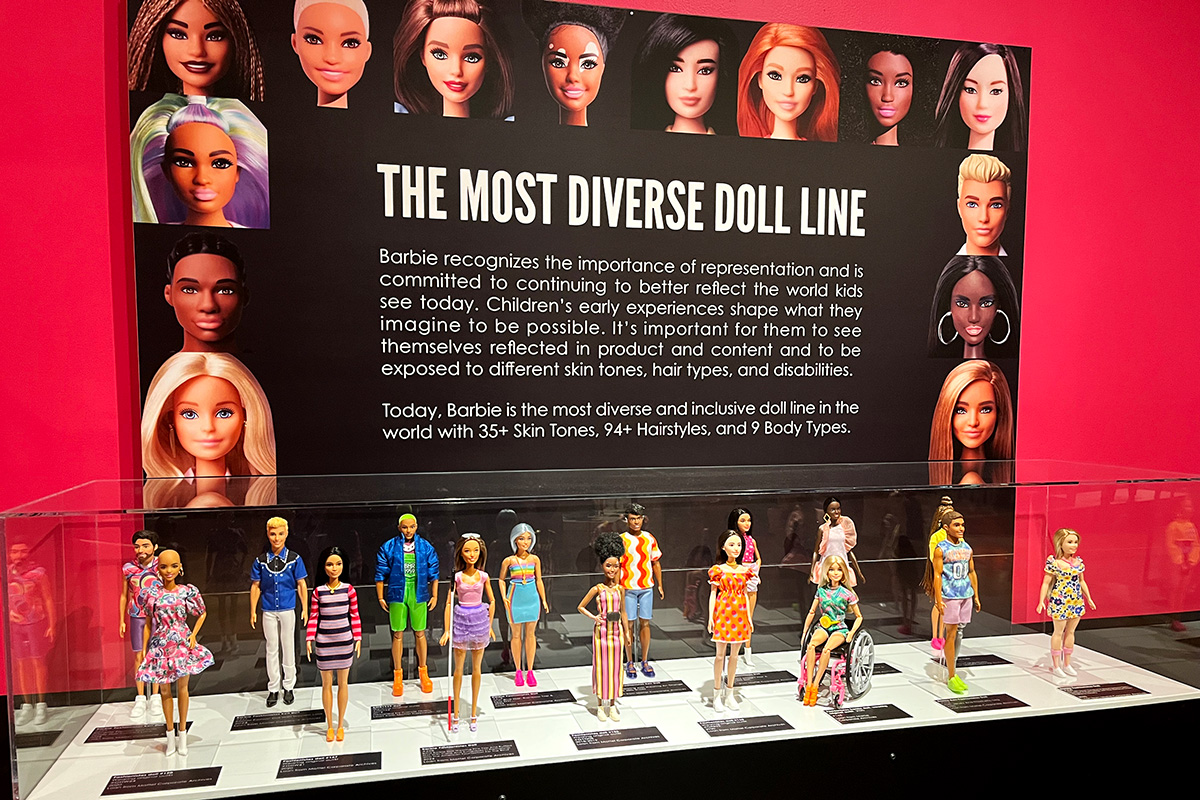
Barbie has made a significant mark in pop culture, from television shows and movies to high fashion and art. She has appeared as an inspiration in art exhibitions and has collaborated with well-known designers. Barbie’s ability to go from a simple children’s toy to becoming a cultural spectacle is proof of her influence and continuity.
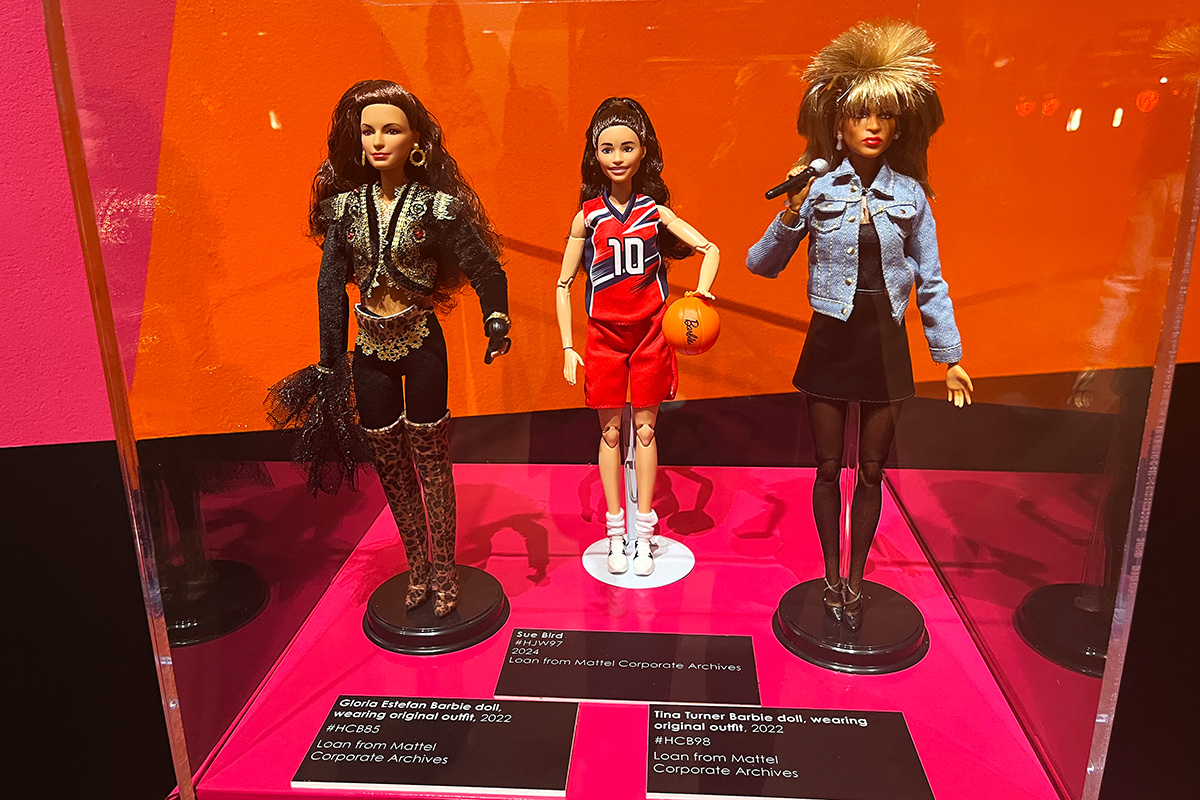
By examining Barbie through her role in representation of careers and body types, the exhibition shows how she has challenged societal norms over the decades. This approach not only highlighted the doll’s enduring popularity but also emphasized her continued relevance in conversations about gender and diversity.
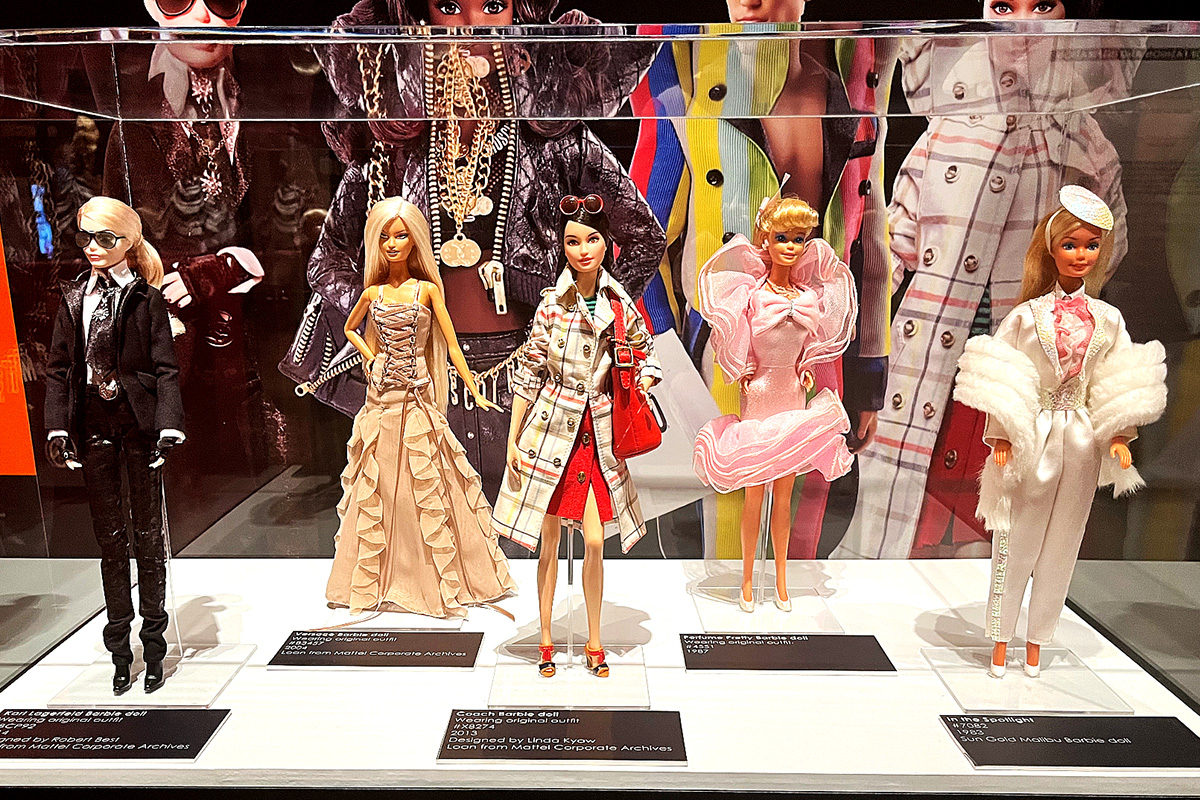
Barbie has made a significant mark in pop culture, from television shows and movies to high fashion and art. She has appeared as an inspiration in art exhibitions and has collaborated with well-known designers. Barbie made her debut in 1959, featuring a black-and-white striped swimsuit, elegant ponytail, and bold red lipstick.
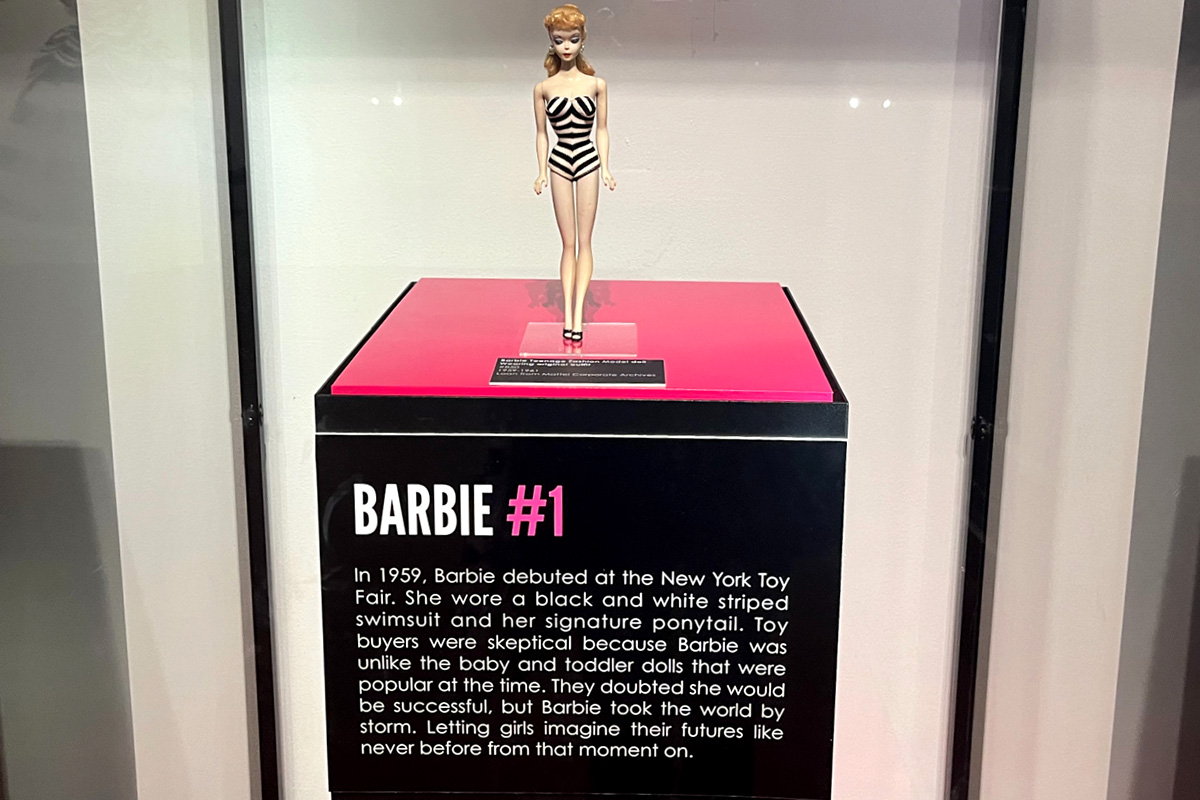
Barbies in the 1960s reflect the shifts and aspirations of the post-WWII era. Introduced during a time of economical, technological, cultural, and social changes, these dolls showcase evolving fashion trends and the growing focus on individuality.
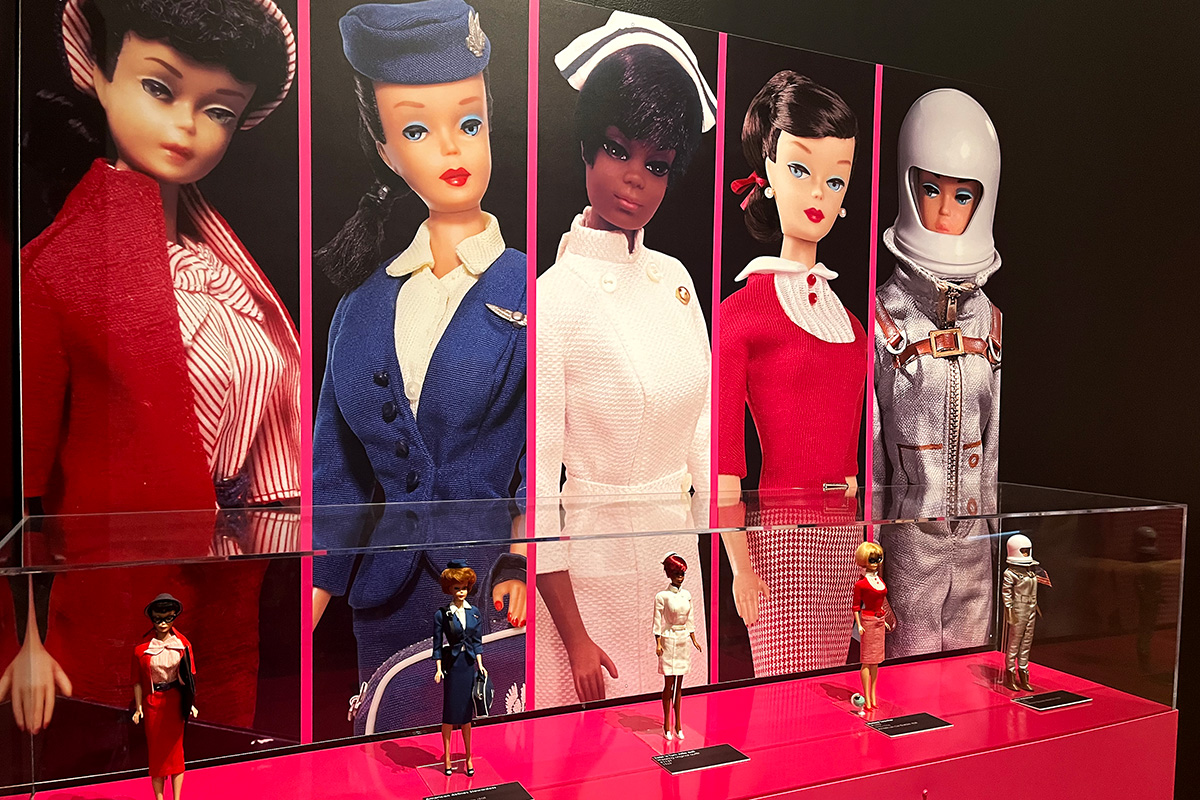
In 1965 Barbie took a giant leap in celebrating women’s potential in space exploration. This inspired young girls to envision and dream of careers in STEM fields.

In 1968, Christie, Barbie’s first Black friend broke new ground for diversity, representation, and inclusivity in toys. It also encouraged children to see beauty in all races during a pivotal era in civil rights history.
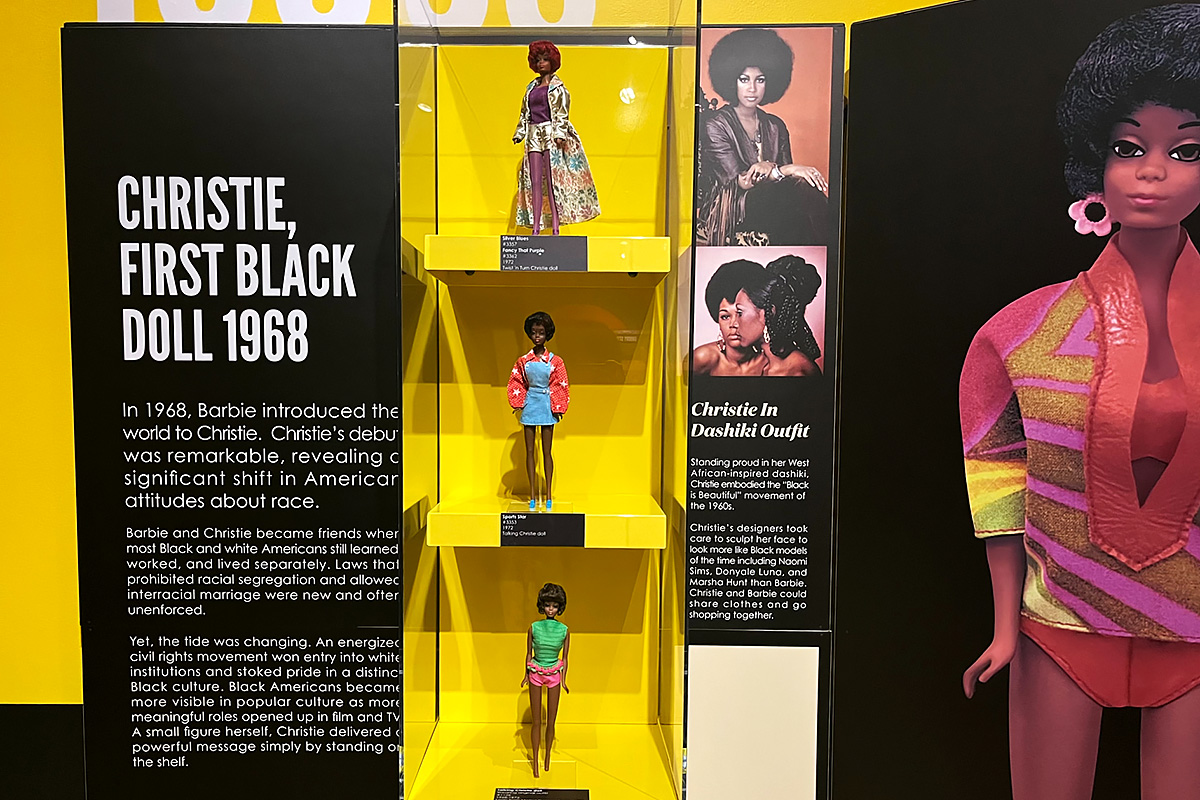
In the 1970s, Barbies began to reflect the changing societal roles of women by representing a wide range of career opportunities. From astronauts to doctors to politicians, these dolls became a symbol of empowerment and encouragement for young girls to challenge traditional gender norms.
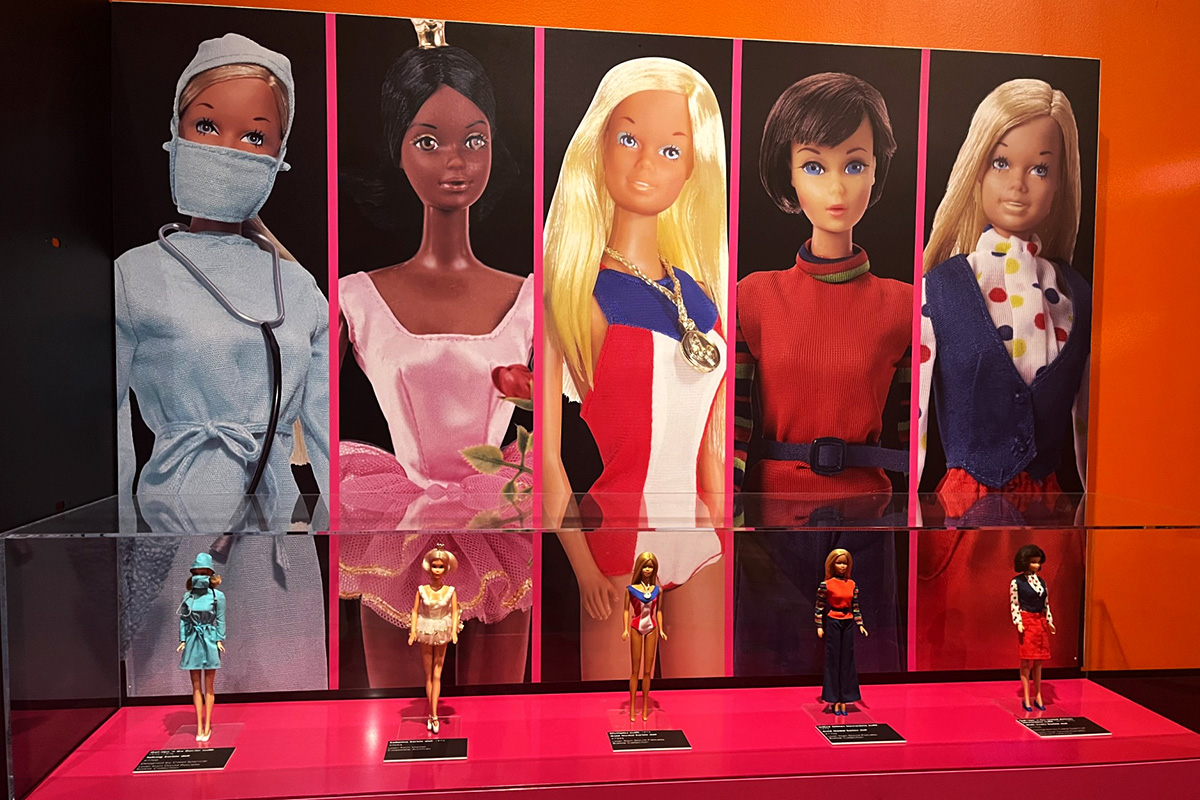
Barbies in the 1980s went beyond the original blonde, blue-eyed dolls, and featured a variety of different skin tones, eye colors, and hair types. This release by Mattel was a big step for cultural diversity, and allowed children to have toys that represented them.
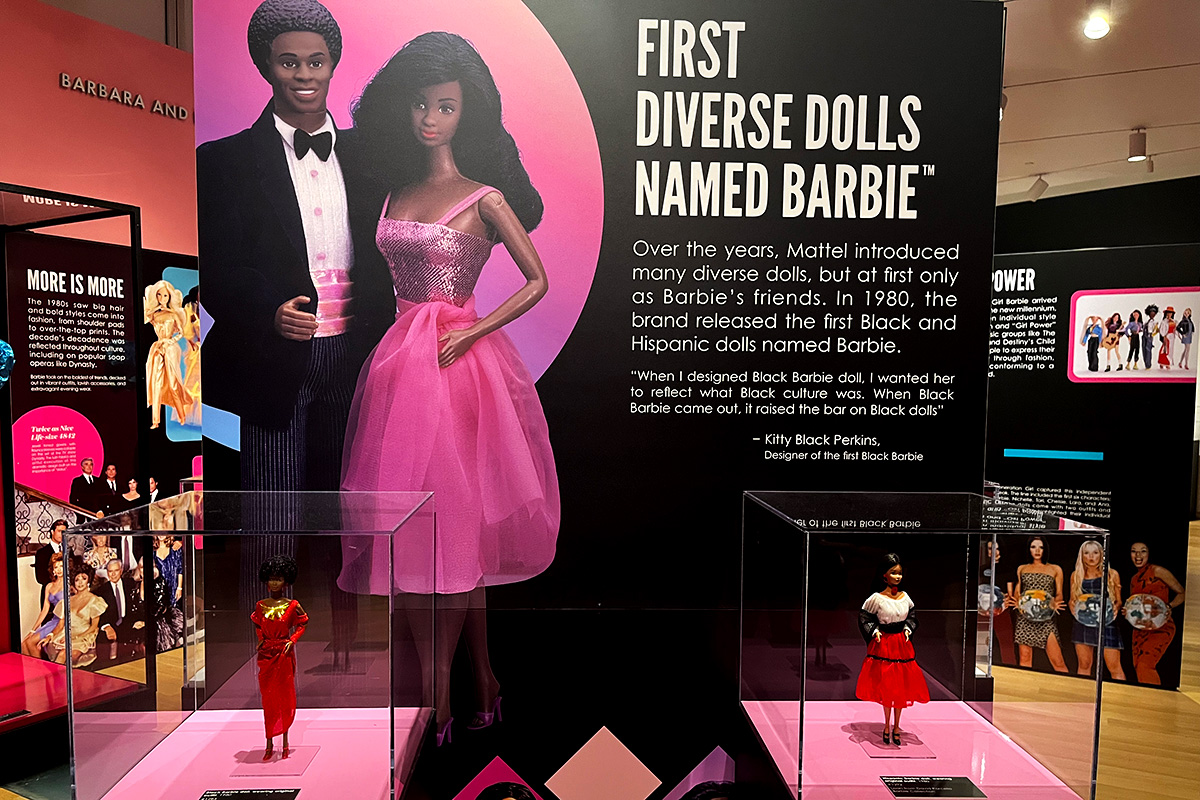
Continuing in the 1980s, Mattel introduced a variety of dolls that depicted Barbie in careers once dominated by men, especially business executives.
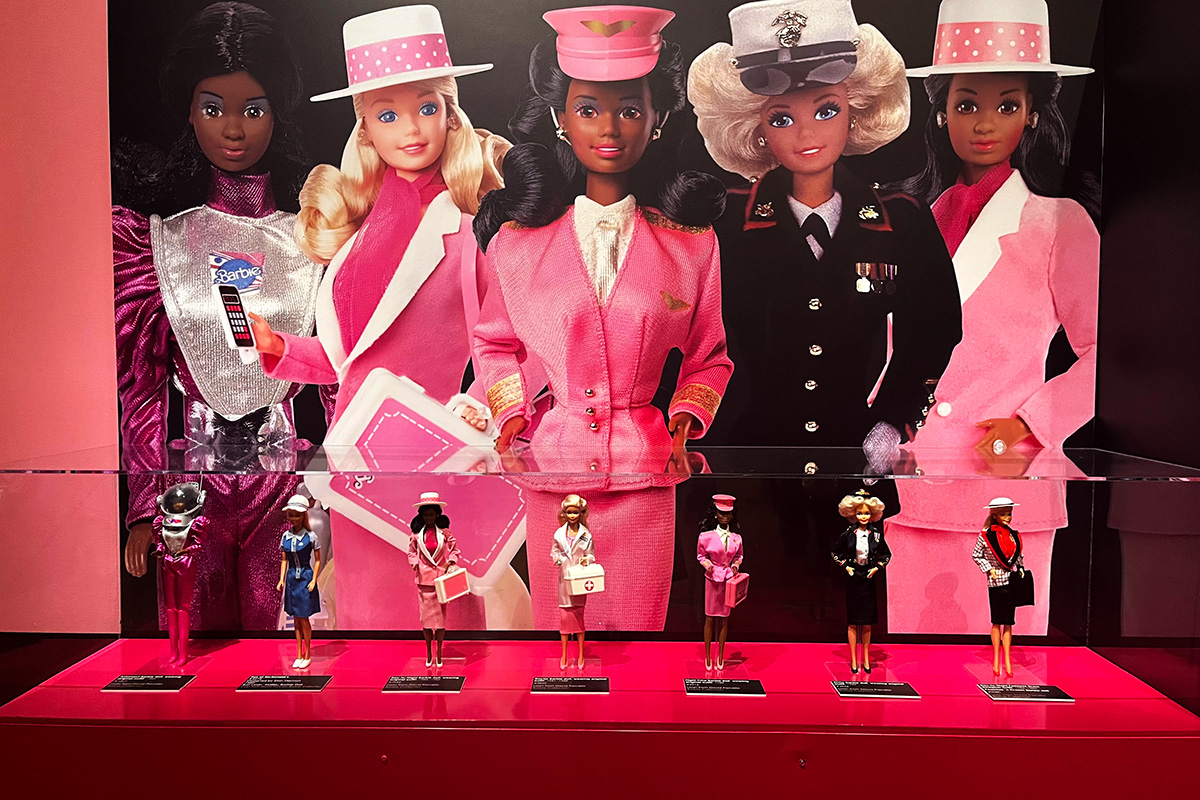
Barbies in the 1990s showcased individuality and creativity with bold colors, street wear, and casual vibes.
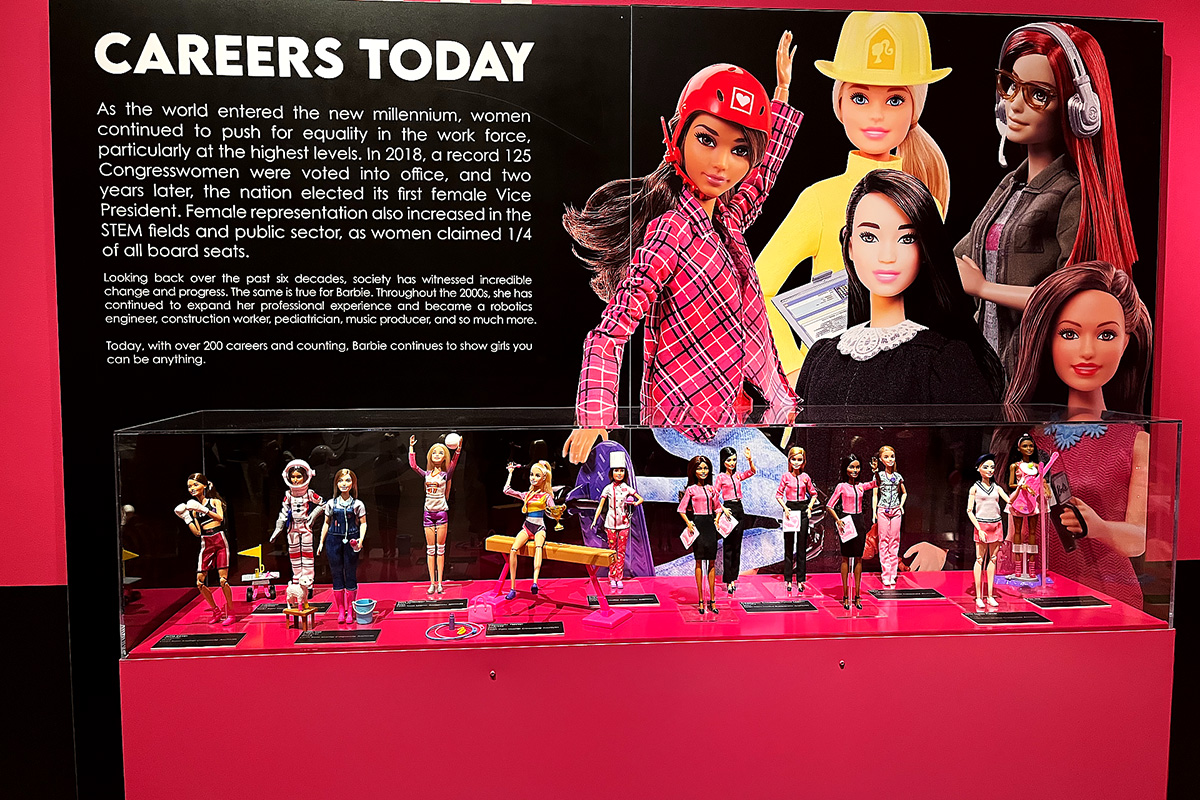
Barbie: A Cultural Icon reminds us that while toys may start as simple objects, they can evolve into powerful forces that ultimately influence generations. The exhibit will be open through March 16, 2025.



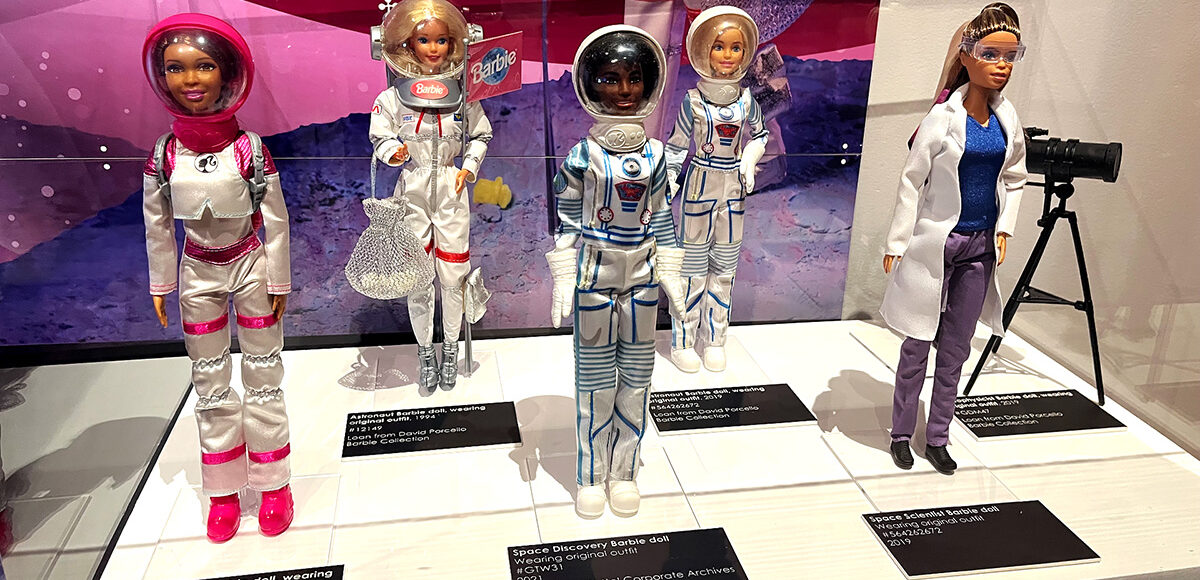




No comments
Sorry, the comment form is closed at this time.